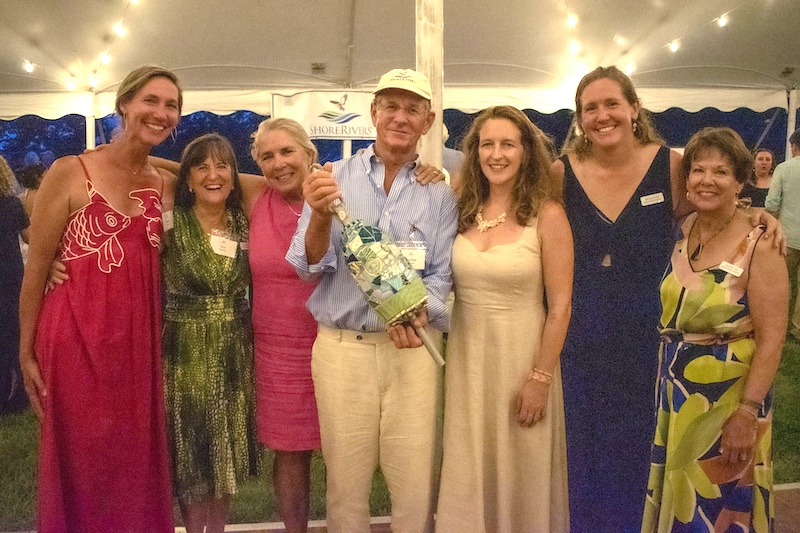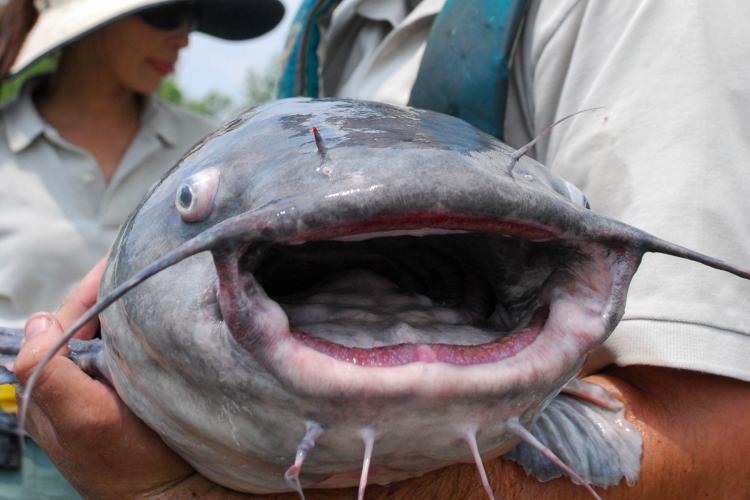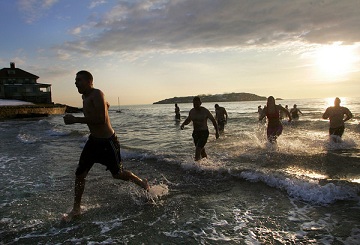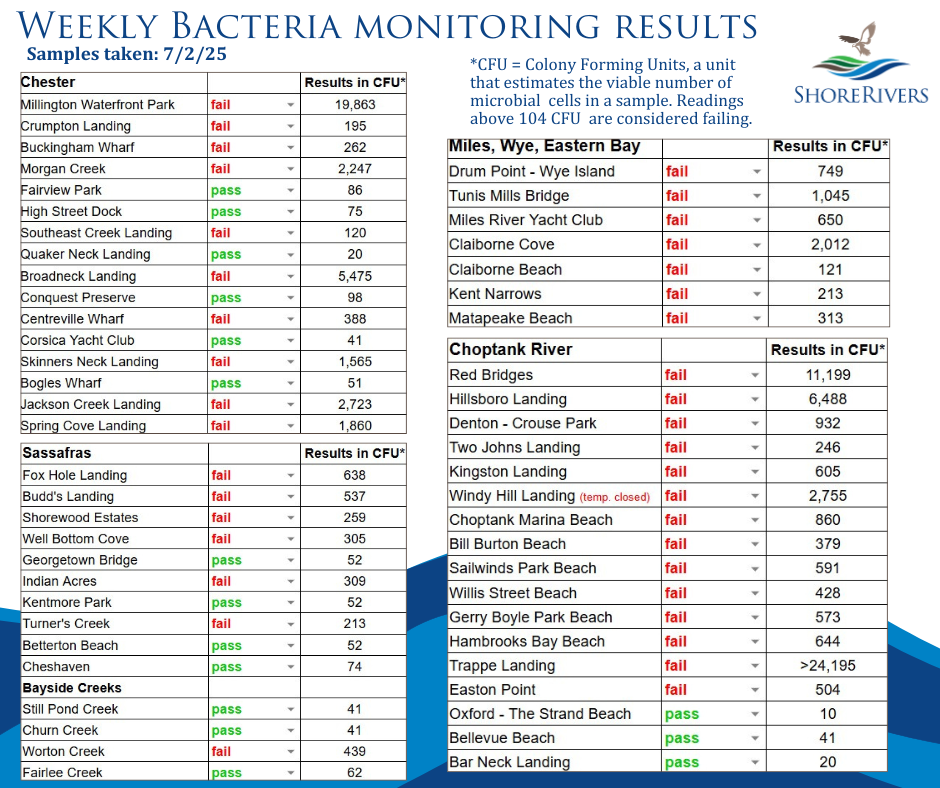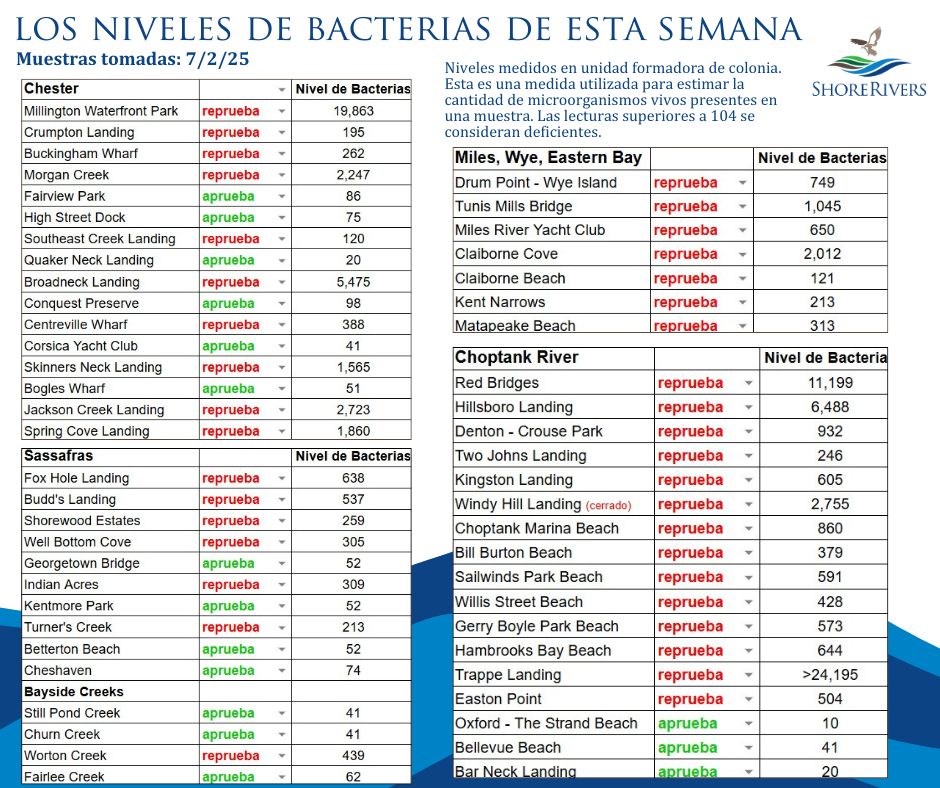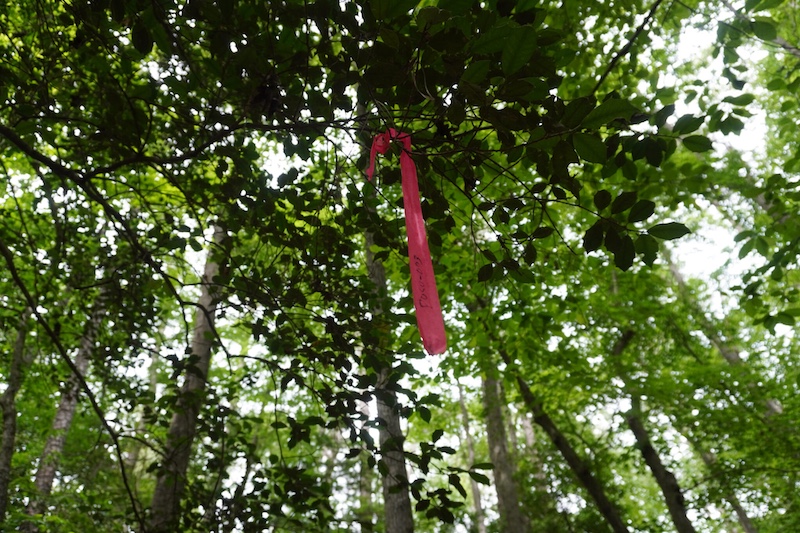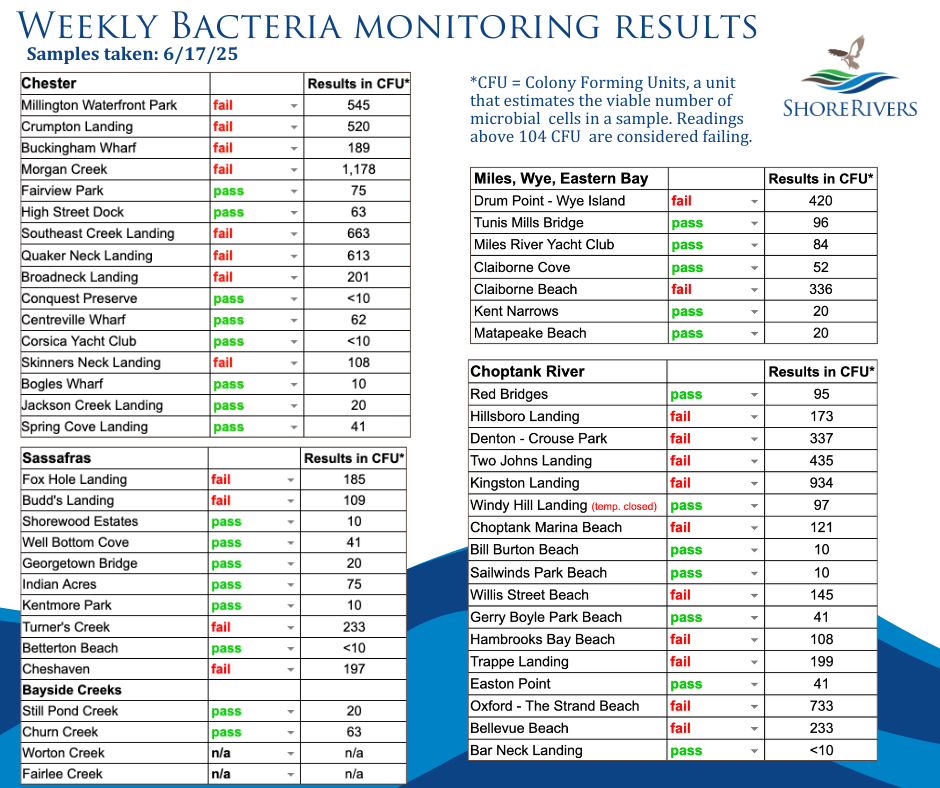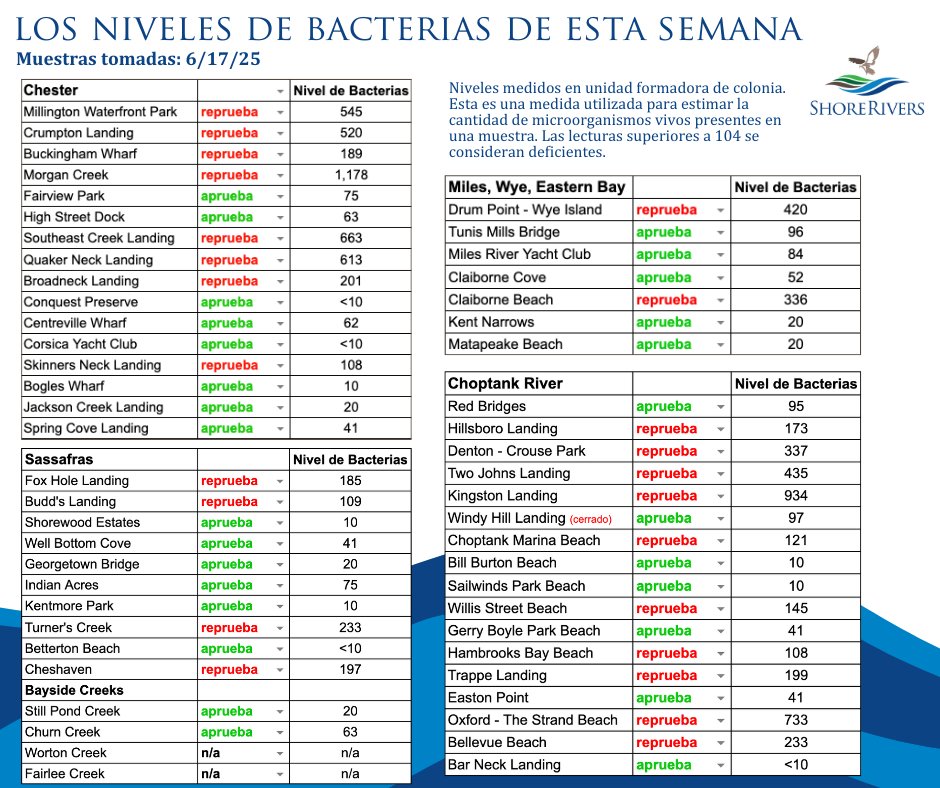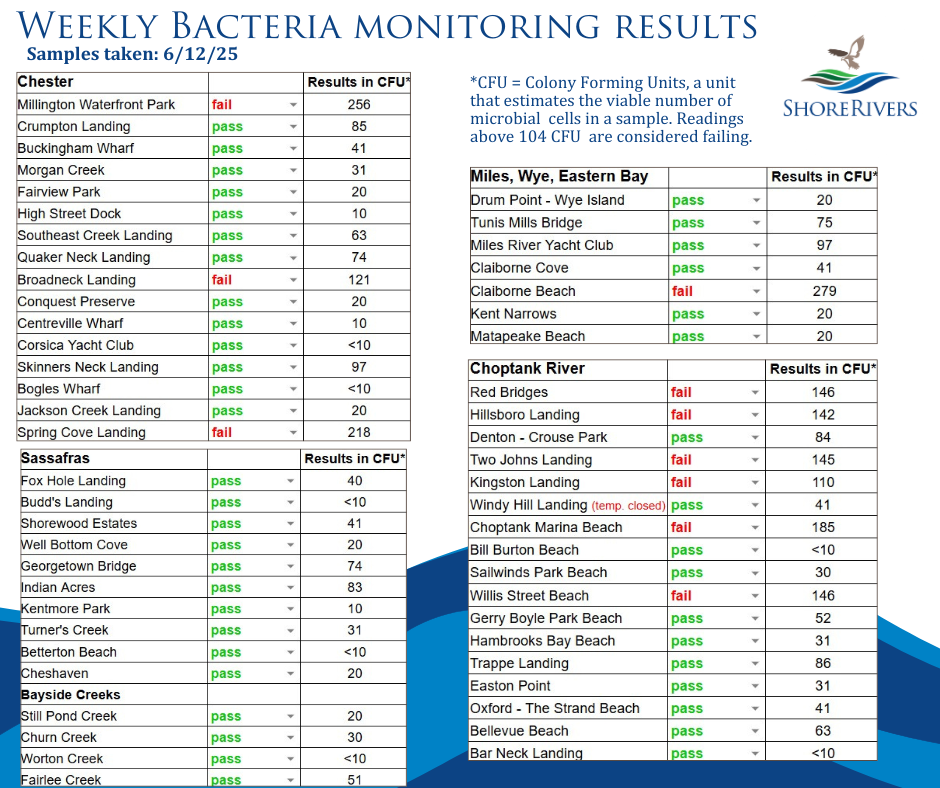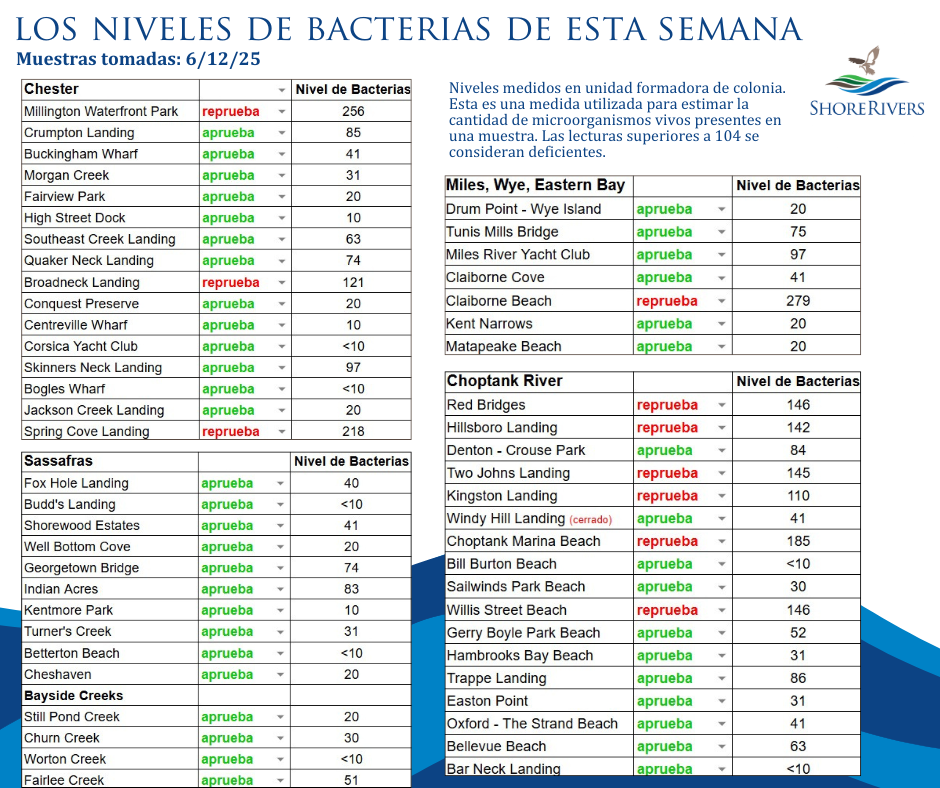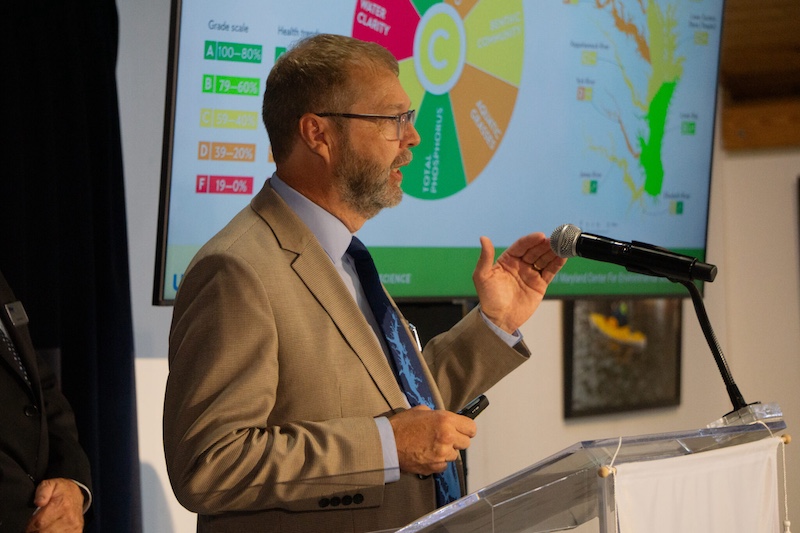On June 28, Captain Andrew R. McCown was named the 2025 recipient of the ShoreRivers Award for Environmental Stewardship as part of the organization’s annual Solstice Celebration. This annual award recognizes an individual or entity in the Chesapeake Bay watershed for their transformational accomplishments as a steward of the environment.
McCown has provided environmental education and astonishment to thousands of students over nearly five decades at Echo Hill Outdoor School and played a pivotal role in forming the Chester River Association in 1986. A teacher, leader, oysterman, musician, and storyteller, he delights in seeing others find wonder in a place he holds so dear. His ability to endear students of all ages to a natural resource — from the small minnows swept into a marsh on a rising tide, to the food chain, economy, culture, and history they sustain — is a testament to the devotion and admiration he has for the Chesapeake.
“[Andrew McCown is] one of the best people I know at connecting people’s hearts to our rivers,” said ShoreRivers’ Executive Director Isabel Hardesty, who fondly noted her own time spent learning from McCown at Echo Hill 30 years ago while presenting the award. “It is because of his unparalleled ability to inspire and connect that he is the recipient of our award this year, and that he is close to all of our hearts at ShoreRivers and for people across the Chesapeake Bay.”
McCown also embodies the value of optimism ShoreRivers embraces by lifting up success stories and highlighting the abundance of life that exists in the river despite the challenges it faces.
“When I started at Echo Hill Outdoor School, which was five years old at the time, it was 1977. And in the world of environmental education there was a lot of despair… but we decided that we weren’t going to do that. That what we were going to do was promote wonder and find ways to connect people to the environment, to endear them to it,” said McCown.
As part of the presentation, McCown was given a hand-crafted, mosaic buoy adorned with salvaged and unique treasures that recognize his history and connection to the Chesapeake Bay. This bespoke piece of art was created and donated by Ann Swanson, the inaugural winner of the ShoreRivers Award for Environmental Stewardship in 2019, who is also the former executive director of the Chesapeake Bay Commission and a current governing board member for ShoreRivers.
ShoreRivers — and more than 340 supporters in attendance at the event who provided an emotional standing ovation during the remarks — were proud to have this opportunity to recognize McCown for his lifelong pursuit to share his curiosity and reverence for the Chester River with others. Visit shorerivers.org/leadership to learn more about this award and the organization’s impact on the Eastern Shore.
I have ShoreRivers protects Maryland’s Eastern Shore waterways through science-based advocacy, restoration, education, and engagement.
